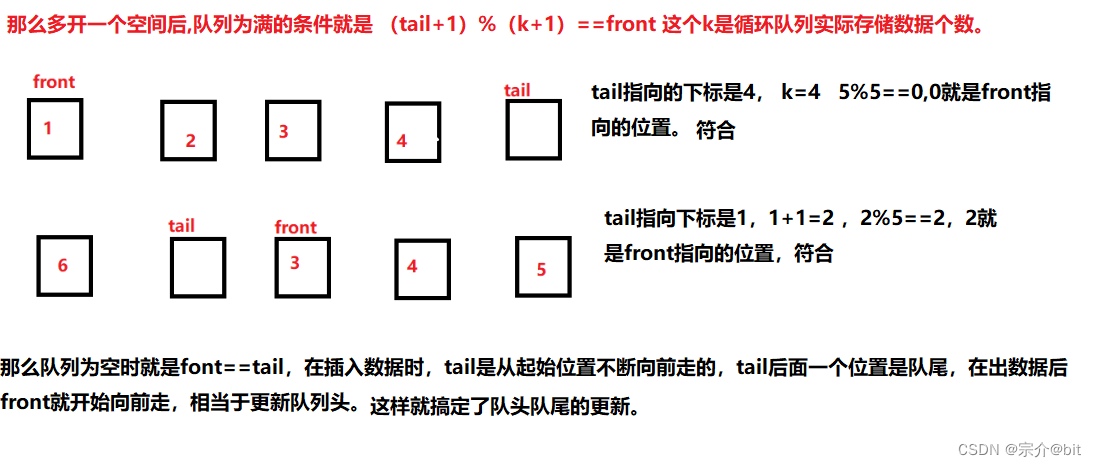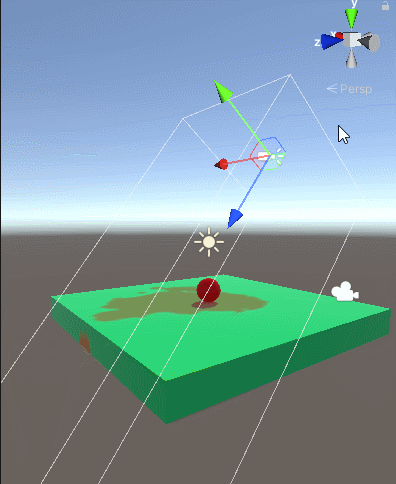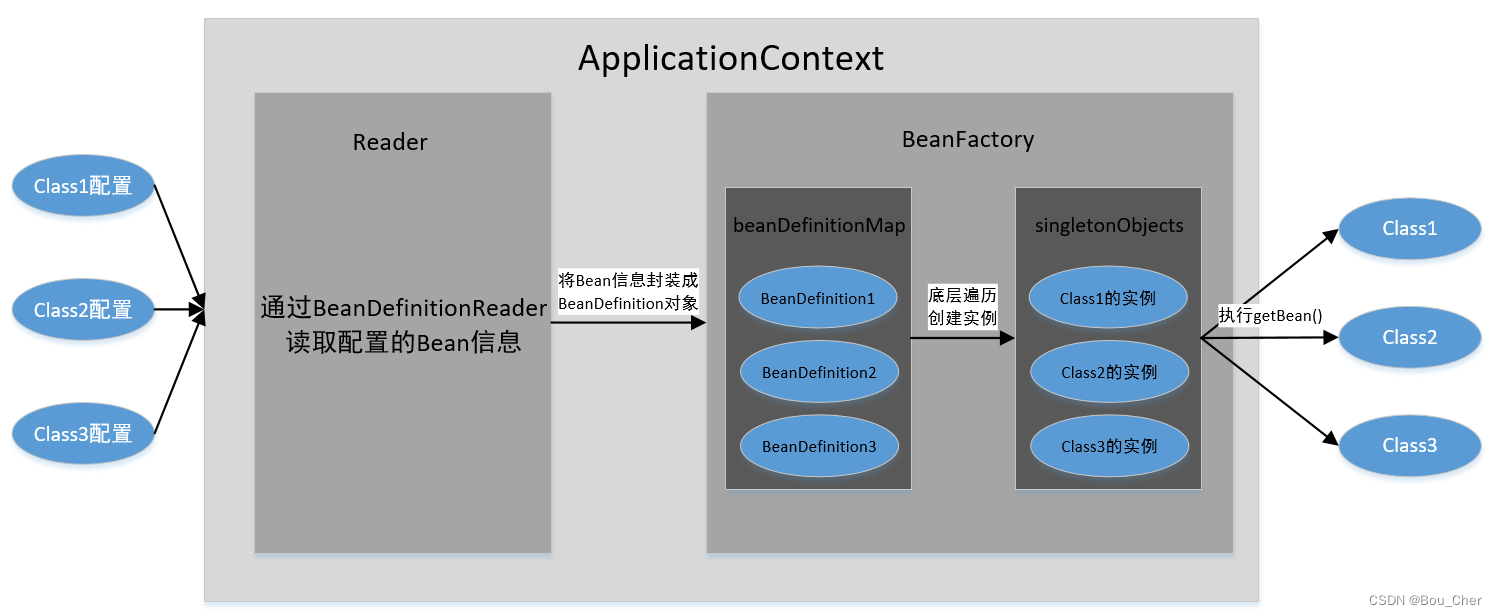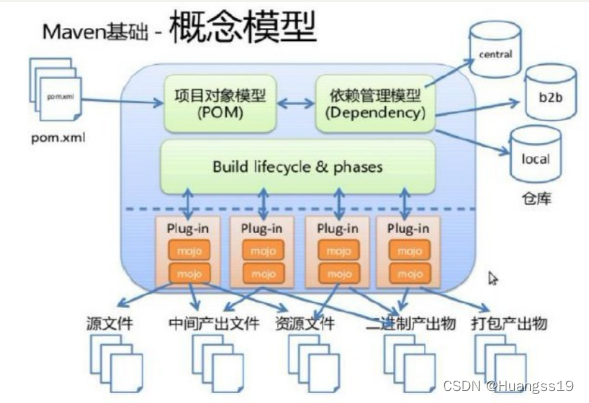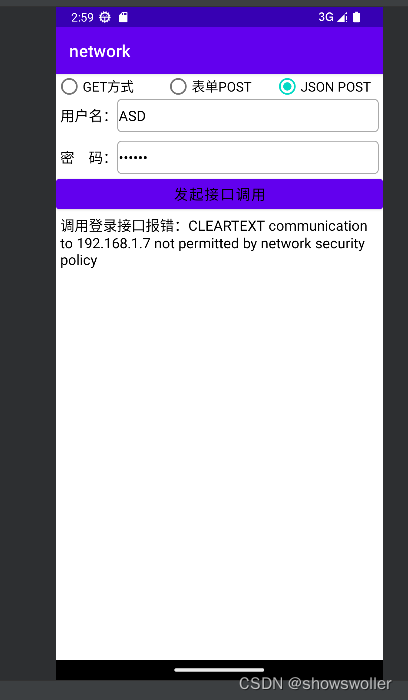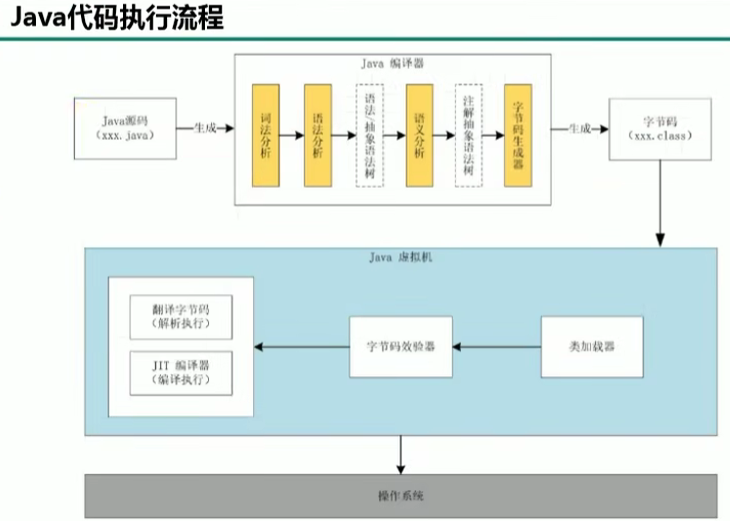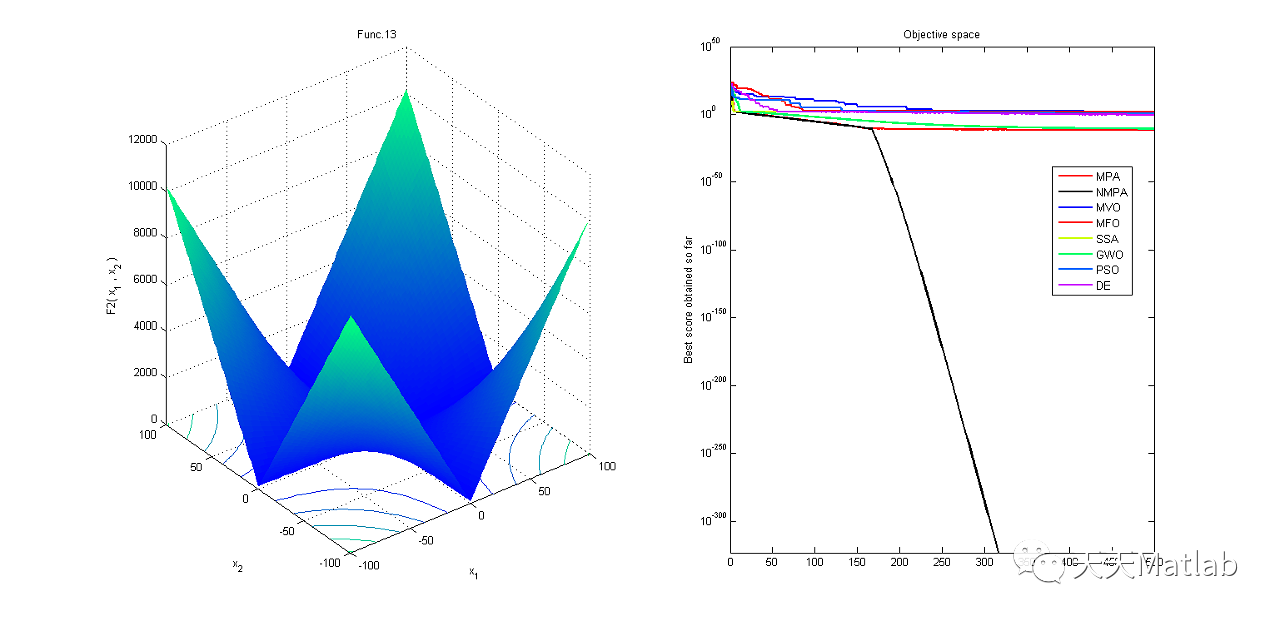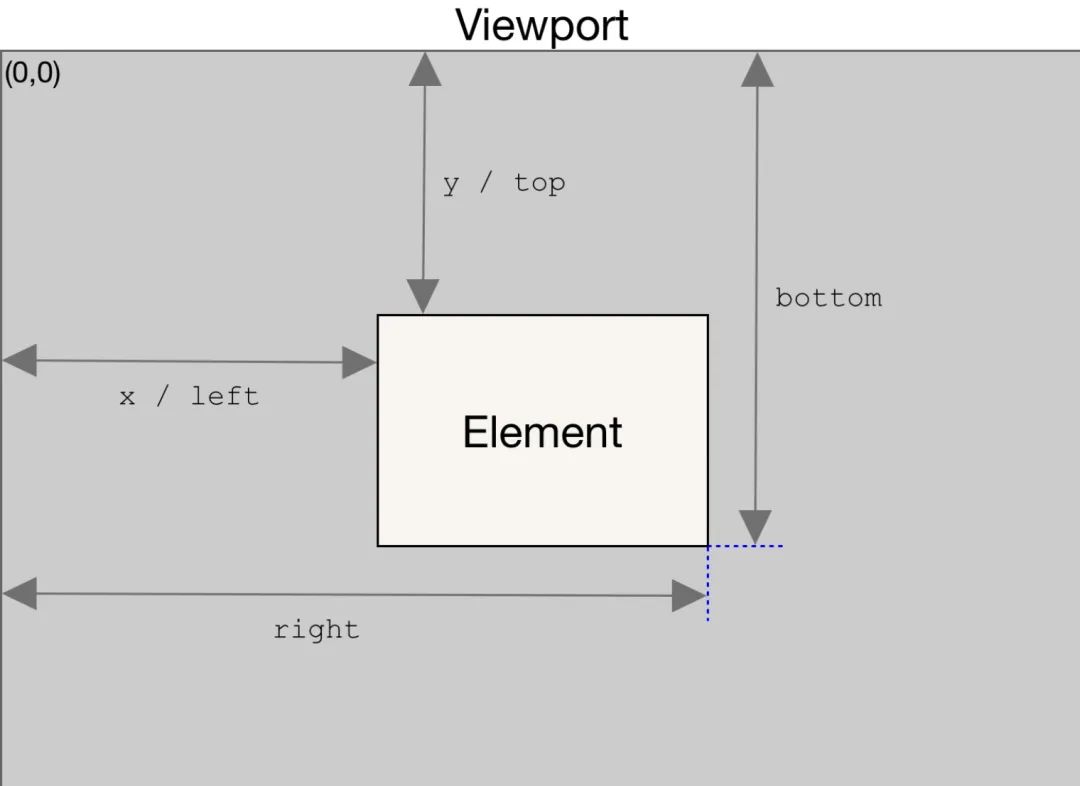力扣 234. 回文链表
给你一个单链表的头节点 head ,请你判断该链表是否为回文链表。如果是,返回 true ;否则,返回 false 。
示例 1:

输入:head = [1,2,2,1]
输出:true
示例 2:

输入:head = [1,2]
输出:false
提示:
- 链表中节点数目在范围
[1, 105]内 0 <= Node.val <= 9
进阶:你能否用 O(n) 时间复杂度和 O(1) 空间复杂度解决此题?
解
两种解法
- 将链表值存储到数组中,数组双指针判断
- 找到链表中间结点(快慢指针),反转链表后半段(迭代),然后比较
数组双指针
- 时间复杂度
O(n) - 空间复杂度
O(n)
这个解法算是思路简单,而且时间复杂夫和空间复杂度相对也还可以
/**
* Definition for singly-linked list.
* function ListNode(val, next) {
* this.val = (val===undefined ? 0 : val)
* this.next = (next===undefined ? null : next)
* }
*/
/**
* @param {ListNode} head
* @return {boolean}
*/
var isPalindrome = function(head) {
let list = [];
while(head != null) {
list.push(head.val);
head = head.next;
}
for(let i = 0, j = list.length - 1; i <= j; i++, j--) {
if(list[i] != list[j])
return false;
}
return true;
};
反转后半段链表比较
- 时间复杂度
O(n) - 空间复杂度
O(1)
这个解法我感觉挺好的,主要就是有两个点吧:
找到中间结点:快慢指针,快指针每次跳两个结点, 慢指针一次跳一个结点,注意兼容链表奇偶个数
反转链表:考虑到性能优化, 用迭代算法反转以减小空间复杂度
/**
* Definition for singly-linked list.
* function ListNode(val, next) {
* this.val = (val===undefined ? 0 : val)
* this.next = (next===undefined ? null : next)
* }
*/
/**
* @param {ListNode} head
* @return {boolean}
*/
var reverseList = function(head) {
// 迭代反转链表
if(head == null || head.next == null) {
return head;
}
let pre = null, cur = head;
while(cur != null) {
let next = cur.next;
cur.next = pre;
pre = cur;
cur = next;
}
return pre;
}
var midNode = function(head) {
let front = head;
let slow = head;
while(front.next != null && front.next.next != null) {
front = front.next.next;
slow = slow.next;
}
return slow;
}
var isPalindrome = function(head) {
// 快慢指针确定中间结点,反转后半段链表比较
if(head.next == null) {
return true;
}
let mid = midNode(head);
let endlist = reverseList(mid.next);
let n = head;
let scendn = endlist;
while(scendn != null) {
if(n.val != scendn.val) {
return false;
}
scendn = scendn.next;
n = n.next;
}
return true;
};
仅供参考,欢迎交流学习

